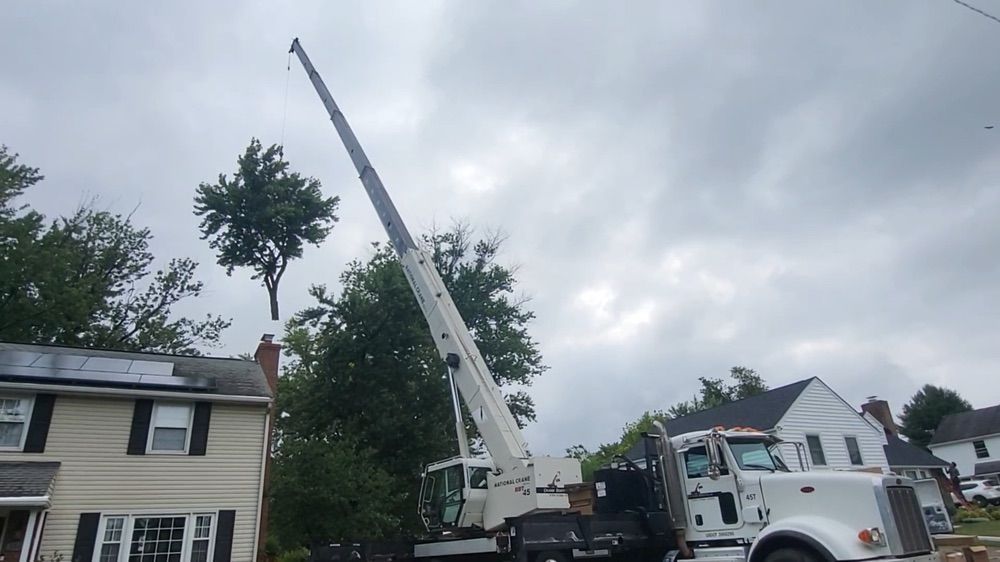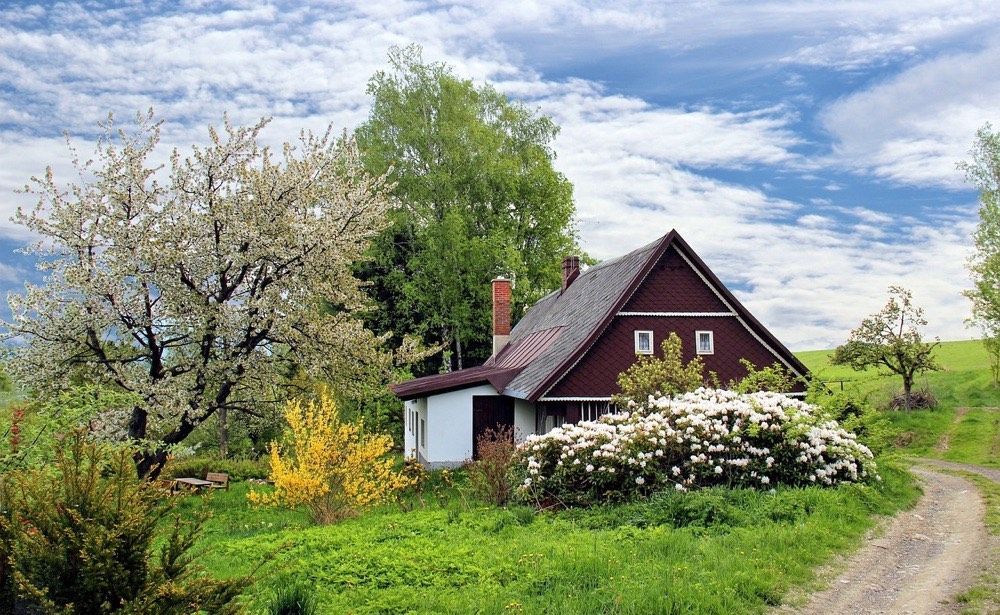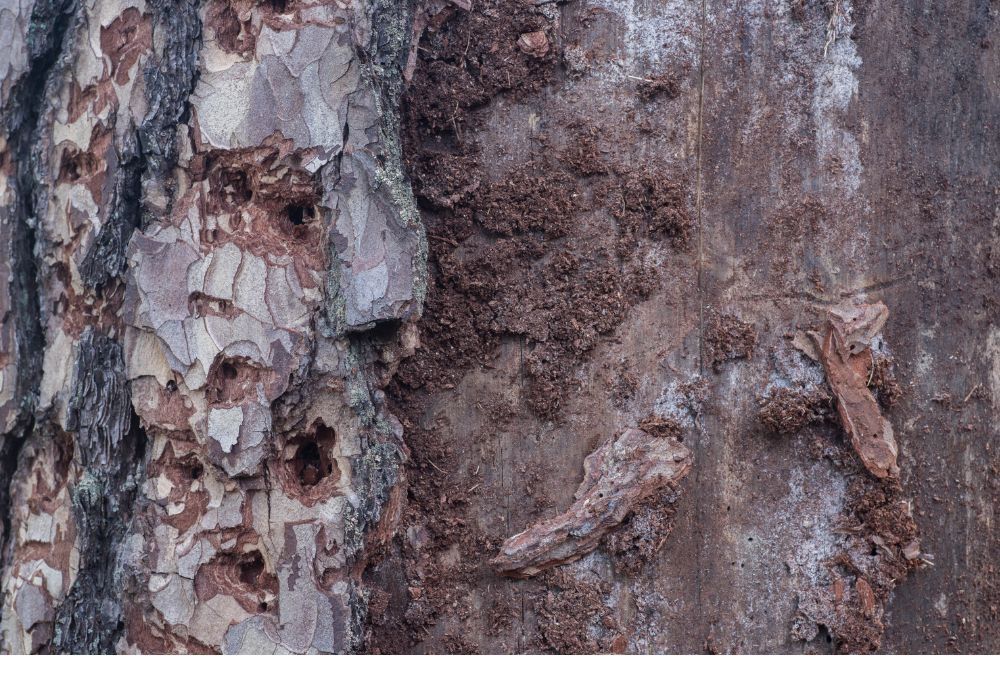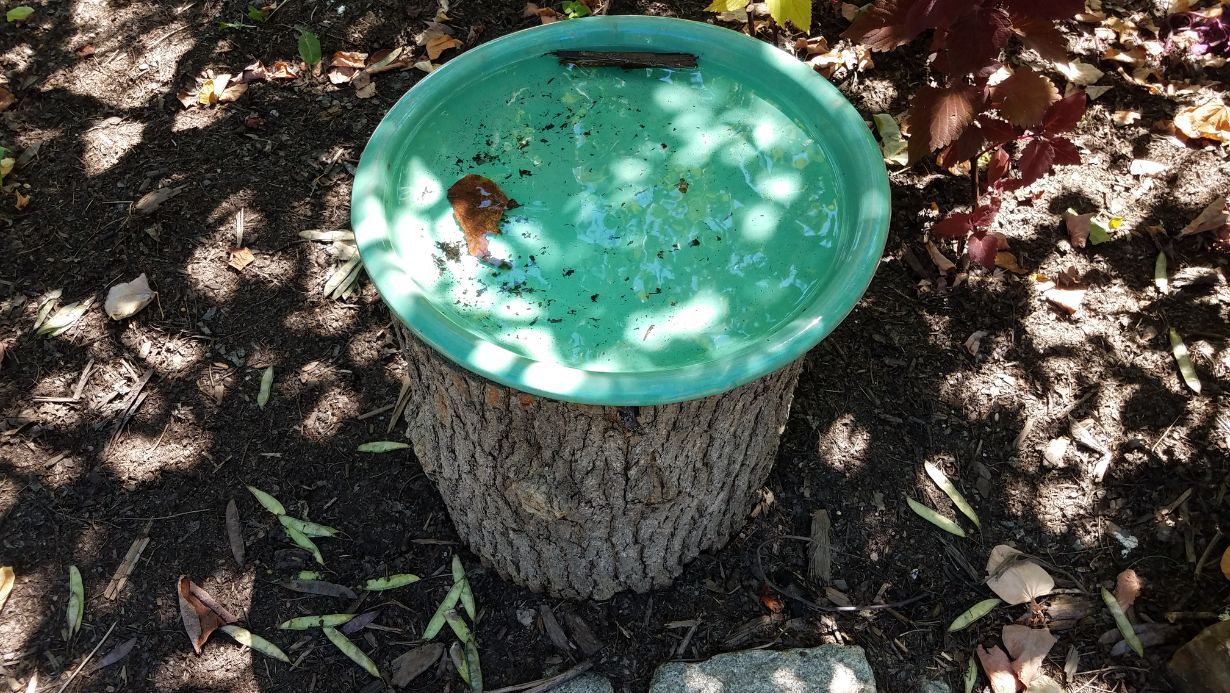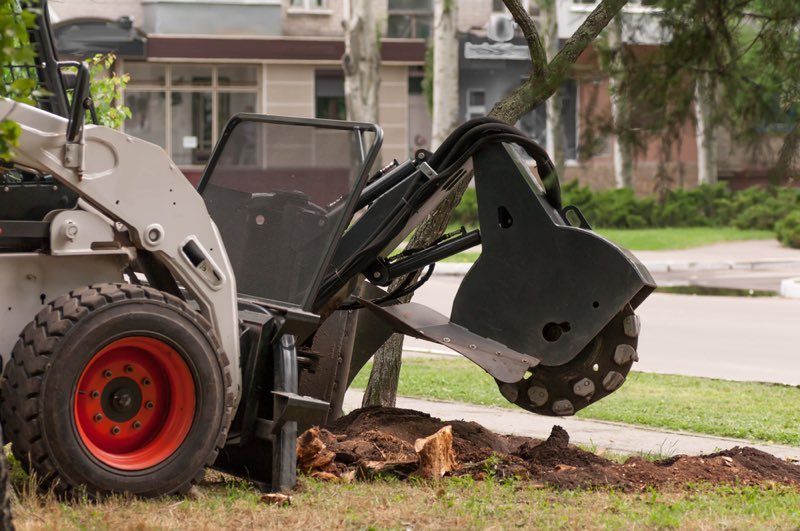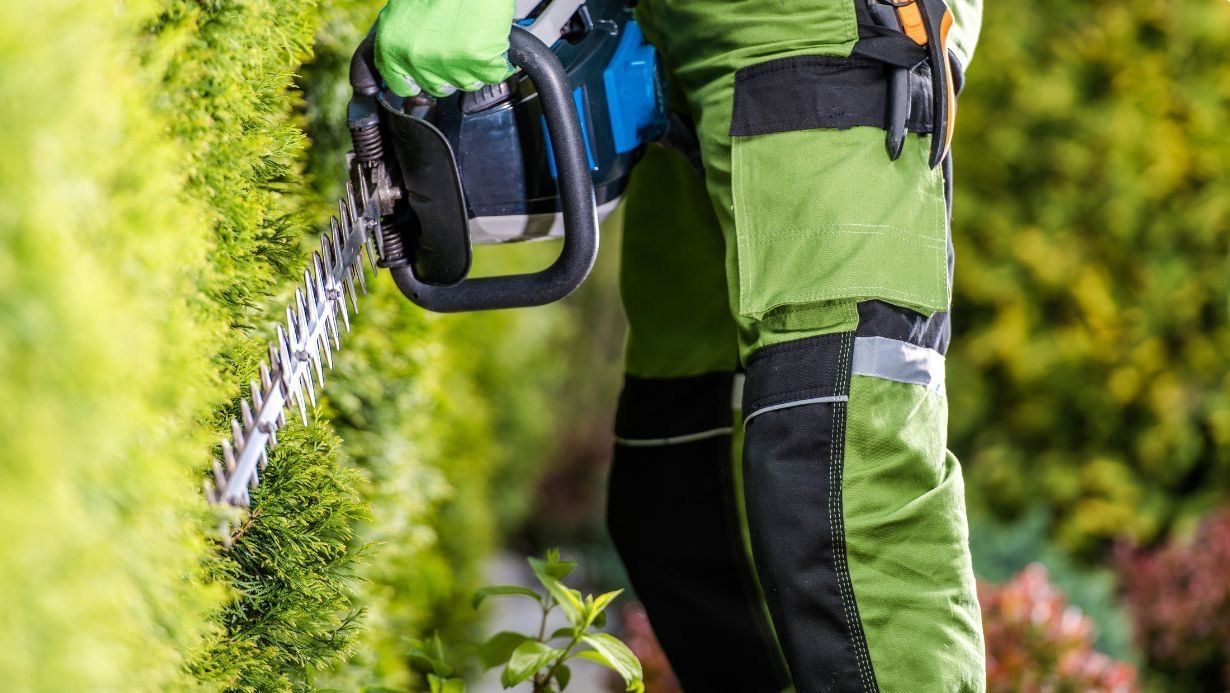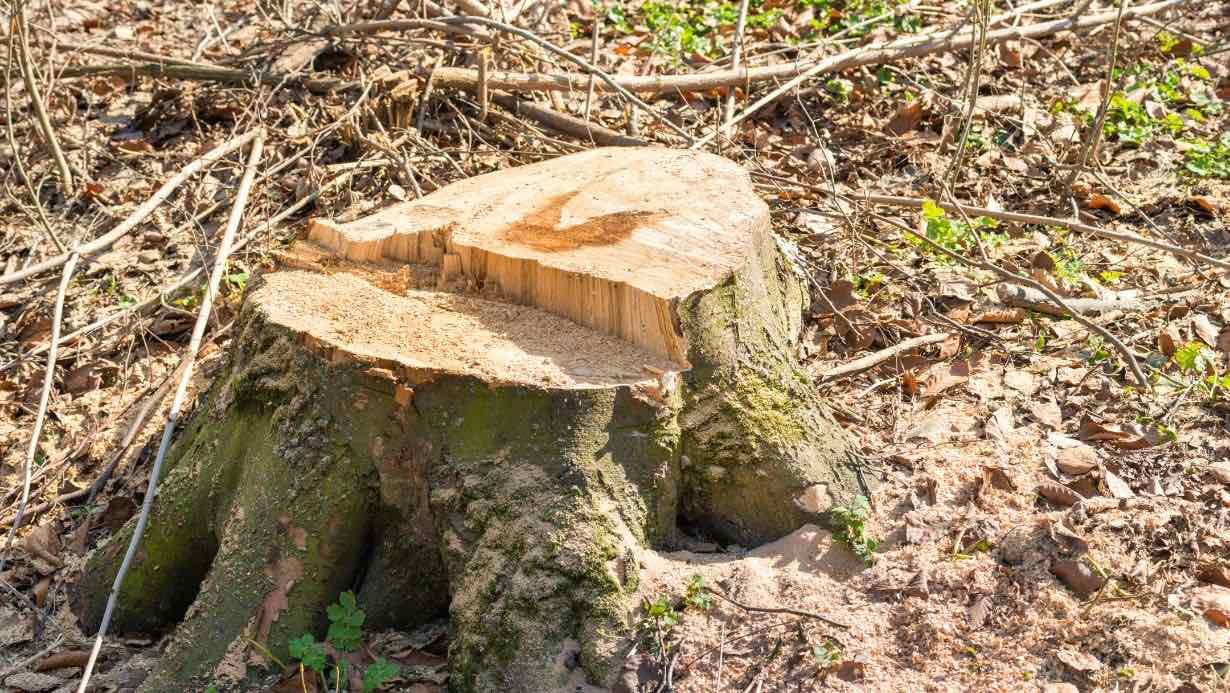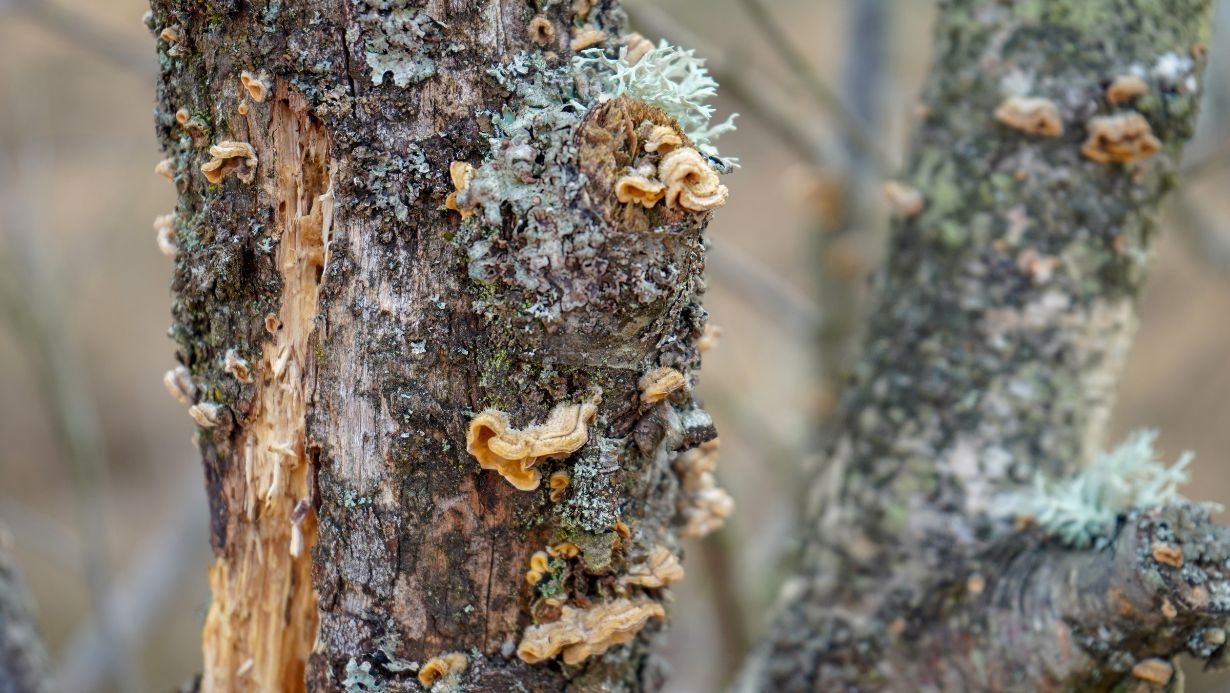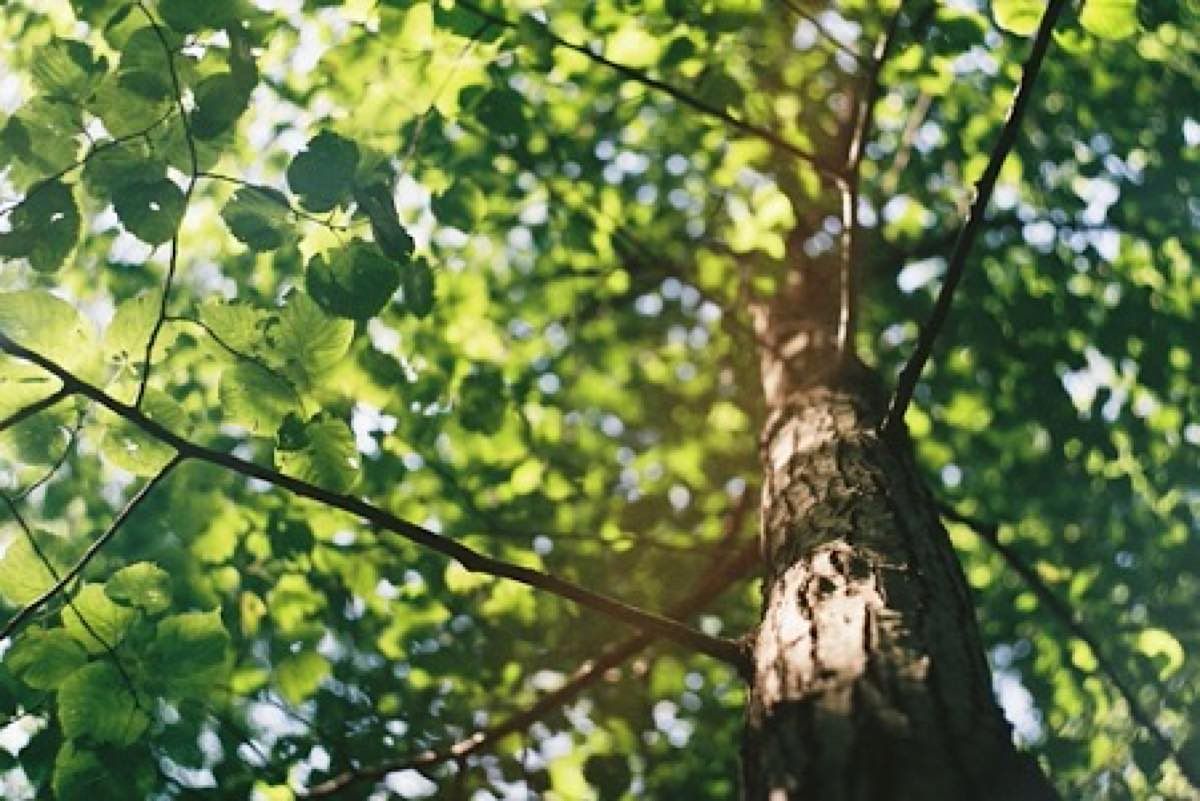Protect Your Home From Falling Trees
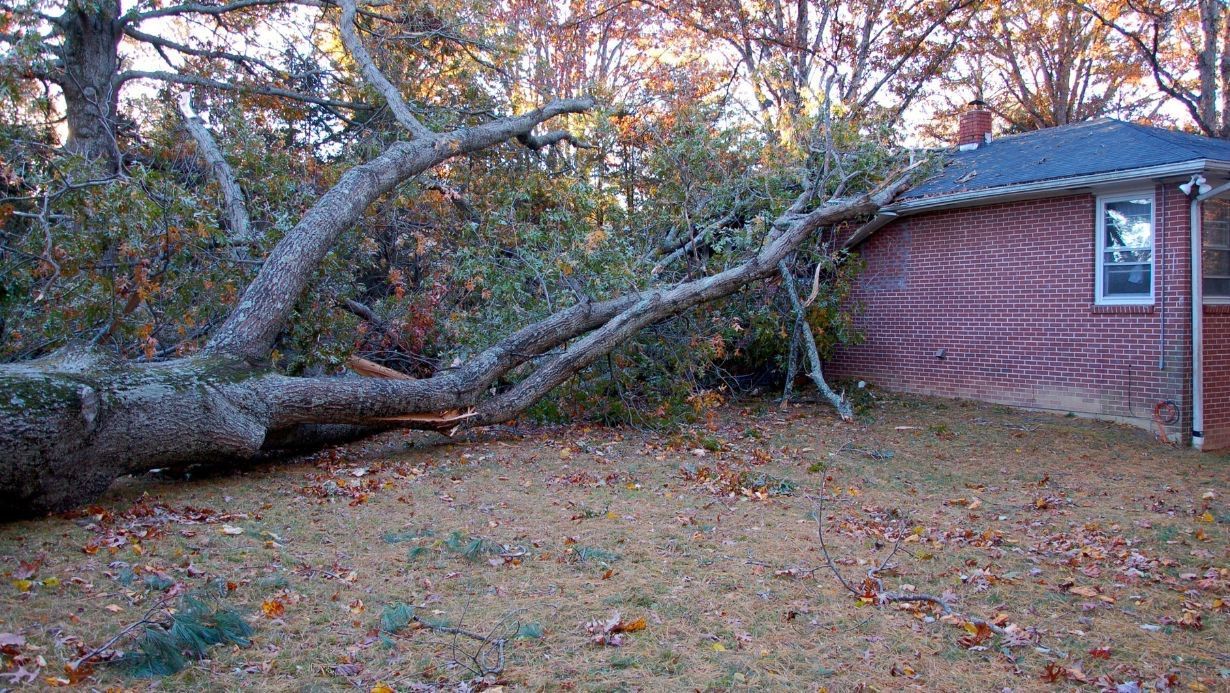
Planting the right tree in the right place can significantly enhance the beauty of your home, increase property value, provide shade and privacy, create a buffer from noise and unsightly views, help prevent soil erosion, and so much more. Unfortunately, the wrong tree planted in the wrong place, a poorly maintained tree, or an old or diseased tree can become a problem.
Falling trees and branches can create a safety threat to your home, other structures, neighbors, and family. Furthermore, if a tree causes damage to a neighbor's property, you could be held liable.
Tips to Protect Your Home From Falling Trees and Branches
Plant the Right Tree in the right Place
Before planting a tree, do your research. Determine the mature size of both the tree canopy and the roots of any tree you're considering and plant accordingly. The Arbor Day Foundation notes, "Even though the tree is small when we plant it, we know it will grow and fill a space — growth that can achieve our plans or not, depending on where we place it relative to our home, other buildings on the property, or other permanent infrastructure like walkways and driveways."
Also, consider the site's limitations, such as utilities, overhead, and underground lines. The Arbor Day Foundation states, "Never plant any tree that reaches a mature height greater than 25 feet in the zone directly under lines or within 20 feet of the pole-to-pole center line."
The Arbor Day Foundation recommends the following distance guidelines for planting trees near structures:
- Plant small trees (25 feet tall or less, at maturity), such as redbud, dogwood, and crabapple, at least 8 to 10 feet from a wall or 6 to 8 feet from a corner of your home.
- Plant medium trees (up to 40 feet at maturity), such as Washington, hawthorn, or golden raintree, at least 15 feet from walls and at least 12 feet from a corner.
- Plant large trees (greater than 40 feet tall at maturity), such as maple, oak, spruce, and pine, at least 20 feet from a wall and at least 15 feet from any corner.
Planting trees at the proper distance from your home will also help keep mildew and pests off your roof and prevent roots from damaging your home's foundation and plumbing.
Regularly Inspect Your Trees
Once planted, regularly inspect your trees, especially after storms. The more often you check your trees, the sooner you'll notice an issue and be able to remedy the situation before it's too late. Inspect the trunk for cracks, missing bark, mold, insects, etc. Look up at your tree's canopy to see if there are any gaps or dead limbs. Examine the leaves for wilting, yellowing, drying, spots, blemishes, etc. Ensure the roots reach away from the tree and do not get tangled around the base or trunk of the tree.
If you notice any issues, you may be able to treat a sick tree or prune dangerous branches, or it may be best to have the tree removed.
Properly Maintain Your Trees
Proper maintenance is essential if you want a happy, healthy (and safe) tree for many years.
Mulch newly planted trees to insulate, help retain water, keep weeds out, and reduce lawnmower damage.
Water your trees. Determining when and how much water a tree needs can be tricky. It depends on the tree species, the amount of rainfall, and more. Newly planted trees generally need to be watered daily for the first few weeks and once a week afterward during the growing season. The rule of thumb for established trees is ten gallons of water for each inch of the tree's diameter.
Prune your tree regularly. "Well-pruned trees are not only able to maintain tree health but also will provide a safe environment and enhance the aesthetic value," according to Science Direct. "On the other hand, improper pruning will danger the public."
Hire an Expert
Tree pruning, or tree trimming, can be more complex than you may realize. For example, over-pruning or improper pruning can damage your tree. Furthermore, trying to prune a tree yourself without the proper knowledge and equipment can be hazardous to you, your home, and your family.
Eliminate these concerns by working with a company experienced in tree pruning and removal, such as Arbor Max Tree Service. With years of experience, our team of experts will prune or trim your trees properly, and if it's time for the tree to be removed, we can do it safely.
Give us a call today at 484-878-8947 or click for a free tree removal quote.

